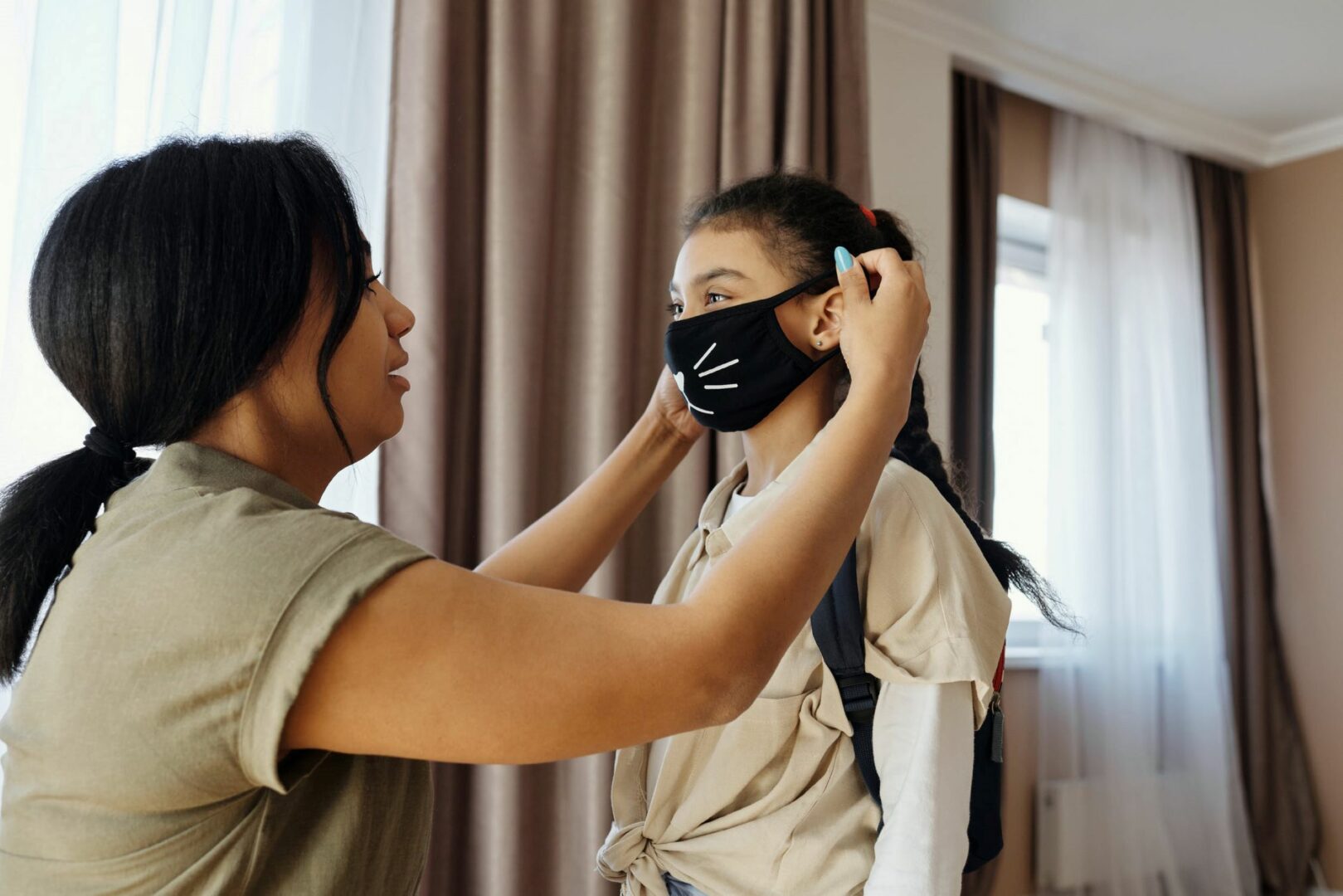Observation research is a qualitative research technique where researchers observe participants’ ongoing behavior in a natural situation instead of a simulated trial. With this method, researchers observe participants’ actions and interactions instead of asking them to self-report via a survey.
Observational research methods vary and include product testing, where brands provide their products to consumers to use in their homes and observe them using it, or eye-tracking, where researchers analyze where consumers look while watching advertisements.
Depending on the type of observation research and the study’s goal, the market researcher will have varying participation levels in the study. Sometimes the researcher will insert themselves into the environment, and other times, the researcher will not intervene in the setting and observe from a distance. Observation research aims to gather more reliable insights by seeing what consumers are doing, not just what they say.
While observation research is powerful and effective, it’s not always feasible due to location or, in the age of COVID, safety constraints. Here is how companies can utilize observation research methods under restraints.
Controlled Observation Research Methods
Controlled observations typically take place in a lab environment. The researcher selects the participants, observation location, time of the study, circumstances surrounding the research, and more.
Though lab environments are sometimes not possible, controlled observation can still take place with a few tweaks. With Live from Fuel cycle, it’s possible to set up a controlled study with a hidden observer. With this feature, researchers can watch participants interact with products while remaining undetected by participants.
Naturalistic Observation Research
Naturalistic observation is where market researchers study participants’ behaviors in a natural setting and take notes without strict parameters. Again, observing in-person in a natural environment doesn’t always make sense, so it can help have a work-around that still allows for proper data collection.
While consumer behavior used to be solely observed in a physical retail environment, in 2021, researchers can glean insights from shopping behavior digitally. Understanding all the touchpoints and stages of the buyer’s journey is imperative to a brand’s success. Brands can now track a customer’s journey from awareness to purchase without obstruction using Shopper Insights from Fuel Cycle.
Participant Observation Research
Participant observation is where researchers observe participants in their natural habitat, and the participants are aware of the researcher’s presence. This observation research method can be challenging to perform if the participants are spread out geographically or quarantined at home.
Researchers can circumvent these problems by utilizing virtual focus groups or interviews instead. Researchers can “meet” testers remotely and ask questions while they are using the product. For a streamlined process, use virtual focus group tools, such as FC Live, that will allow you to conduct focus groups and in-depth interviews.
Moving Forward
Not all methods will be right for your business. You need to consider what you want to achieve, what data you’ll need, and the costs associated with each. Even with constraints, Fuel Cycle can provide you with the right toolkit to capture all the information you need. To see how these valuable resources can create success for your business, reach out today!



